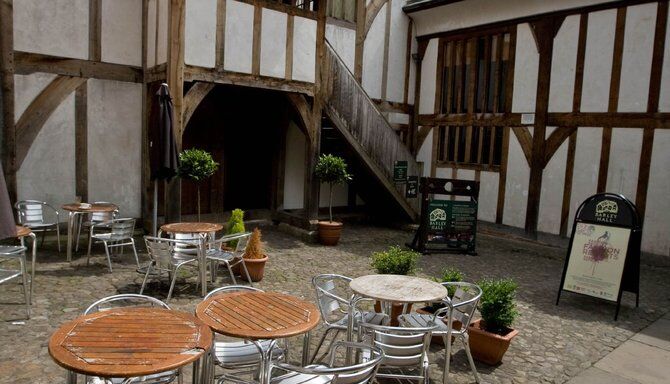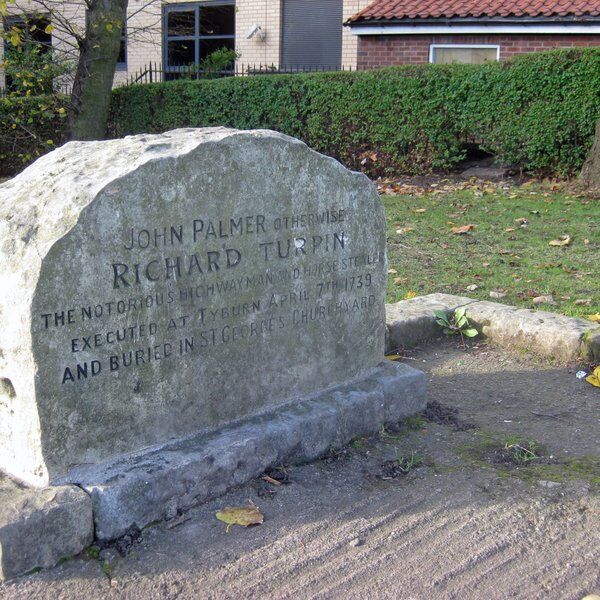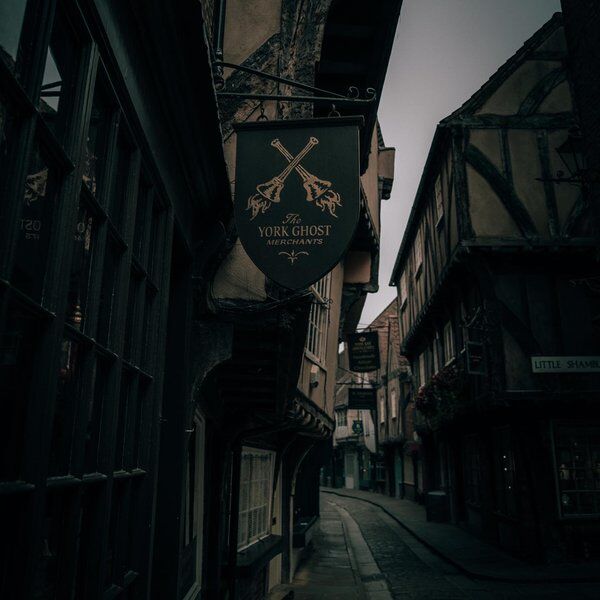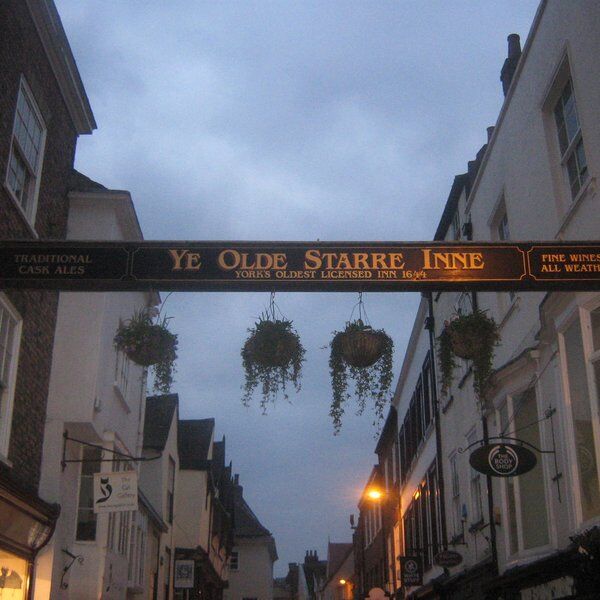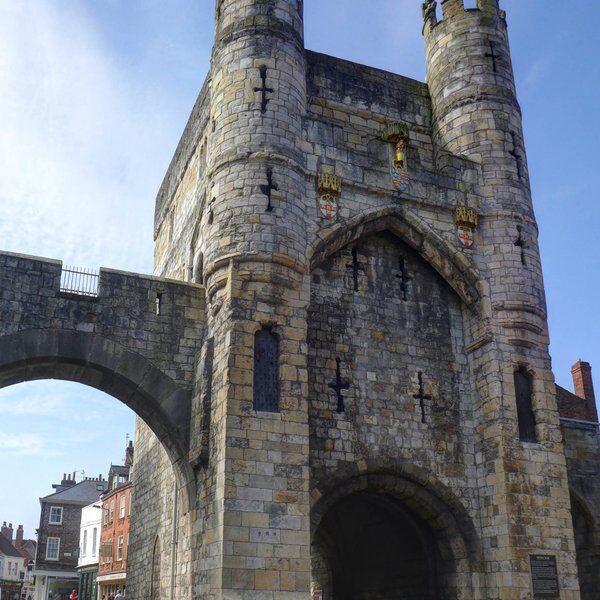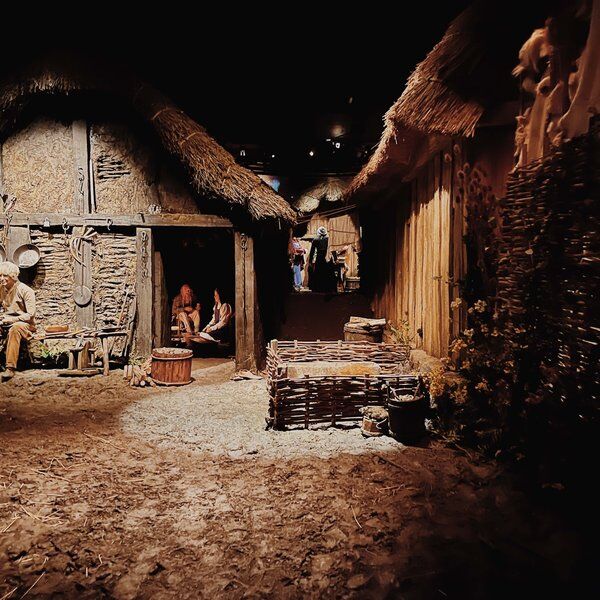
Rediscovering Barley Hall in York
Barley Hall on Coffee Yard, one of York’s oldest streets, was once home to the Priors of Nostell and a Lord Mayor of York. As a masterpiece of mediaeval architecture, the town house was only discovered in the 1980s, when it faced demolition. Until then its high ceilings, exposed timber frames, and a magnificent Great Hall were concealed beneath a modern exterior. It truly was a hidden gem!
Today, Barley Hall is one of York’s leading ‘living museums’ providing insight into the lives of its former residents, including the illustrious Snawsell family of the 15th century. Guided by costumed interpreters or audio tours visitors can interact with the exhibits—sitting on the historic chairs—children in particular, will enjoy the hands-on exploration offered. Special events, such as mystery plays and mediaeval markets, create an atmosphere that pulls you back through time to ancient York.
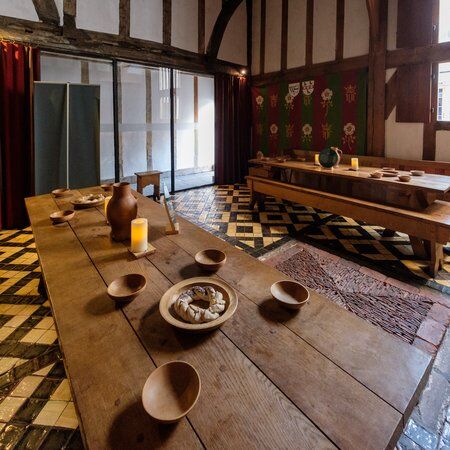
The History of Barley Hall in York
Early History (14th-15th Centuries)
Barley Hall was originally constructed around 1360 as the York townhouse for the monks of Nostell Priory near Wakefield. The hall served as their hospice during visits to York for business. Over time, its importance grew, this is evident with its extension and the building of a new wing in 1430. William Snawsell, a prominent local goldsmith and Lord Mayor of York, lived here during the 1460s.
A Change of Luck (16th-19th Centuries)
The dissolution of the monasteries in the 16th century saw a wave of change throughout York, as sites such as St Mary’s Abbey were surrendered to the Monarchy. Barley Hall was transitioned to private ownership. It passed through various hands and underwent several alterations, reflecting the changing needs of its occupants. By the 19th century, it housed tradesmen's workshops and later became an office building, masking its mediaeval origins behind a modern facade.

The Discovery of Barley Hall (Late 20th Century)
In the early 1980s, Barley Hall faced the threat of demolition due to its deteriorating condition. However, its mediaeval architecture was rediscovered in 1980, sparking a restoration effort led by the York Archaeological Trust.
Reconstruction efforts were carried out over three years and despite only salvaging about 30% of its original wood, Barley Hall was restored to its former glory. The efforts revealed the hall’s stunning high ceilings, exposed timber frames, fireplaces, and unique elements like the horn window. As a rarity in England, the horn window has become a standout feature. Demonstrating the resourcefulness of mediaeval builders, the horn window was covered with long, thin slats of cattle horn, a translucent material that allowed light into the hall while maintaining privacy.
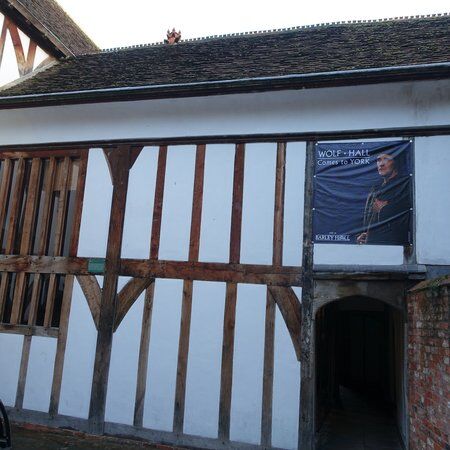
Opening Barley Hall to the Public (Late 20th-21st Centuries)
In 1993 Barley Hall was reopened to the public, so that visitors might step over the threshold and into mediaeval England. With the exterior returned to its original state the interior has also been preserved so that it looks as it once would have when William Snawsell held residence in the late 15th century.
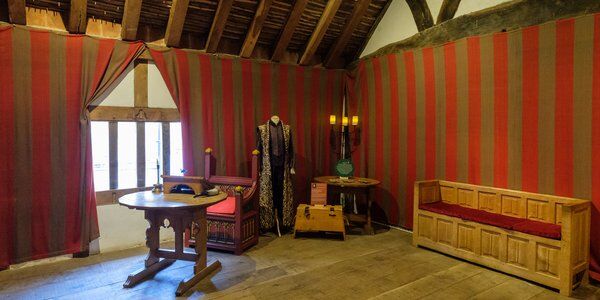
Inside Barley Hall
Today, as a Grade II listed building, Barley Hall is renowned for its rich interior complete with intricate decorations and period furnishings, such as a replica 14th-century hand-carved chest from Ripon. This can be found in the Parlour, overlooking the hall on the first floor, where William Snawsell conducted business. Upon entering the townhouse, visitors will first encounter the storeroom, adorned with original 1360 woodwork, which acts as an admissions area. This leads to the Steward's room, formerly another storeroom.
At the heart of Barley Hall lies the Great Hall, constructed in 1430. It features an exposed section of the original mediaeval floor with brick tiles arranged to form a geometric pattern. The first floor houses a gallery and multiple bedchambers. Other chambers include the Tudor schoolroom and Pantry.

One of the hall’s more popular exhibits explores the role of magic in everyday life, delving into magical spells, famous witches and wizards, and the intriguing realm of mediaeval alchemy. Notably, a replica of the 'Brazen Head' allegedly made by Roger Bacon offers a glimpse into these other worldly beliefs and practices.
A recent exhibition titled "The Bard at Barley Hall" cast a Shakespearean lens over the townhouse. There were authentic costumes from Shakespeare’s iconic plays such as "Romeo and Juliet" and "A Midsummer Night's Dream”. Visitors were encouraged to dress in these costumes as they performed scenes on the interactive stage.

Barley Hall Coffee Shop
Continue your journey through York's history with a delightful stop at the Barley Hall Coffee Shop. More than just a café, this cosy spot is the perfect place to nestle down and reflect on the rich heritage site that is Barley Hall.
Once home to Thomas Gent's printing shop and an 18th-century coffee house, the coffee shop offers a blend of historic charm and modern comfort. Whether you choose to enjoy your refreshments indoors or al fresco in the aptly-named Coffee Yard, the ambiance of Barley Hall's Coffee Shop is the best way to end your visit to the hall.
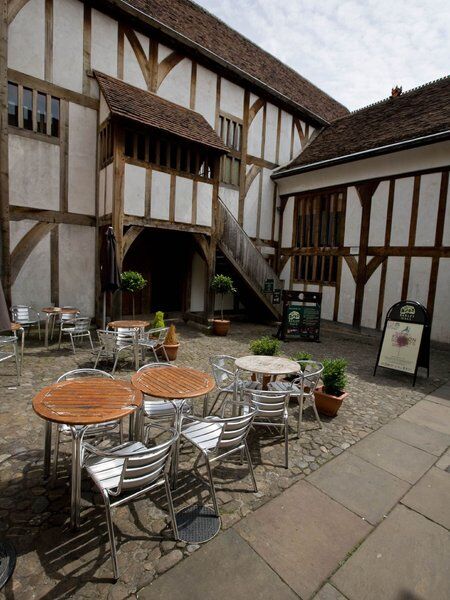
Ready to discover more of what York has to offer?
CityDays have FOUR outdoor treasure hunts in York to choose from, all of which combine the fun of an escape room with the historical facts and whimsical trivia of a walking tour!
Take the stress out of planning your visit to York and book your adventure today!
Not visiting York this time? Don’t worry, you’ll find us all over the world.
